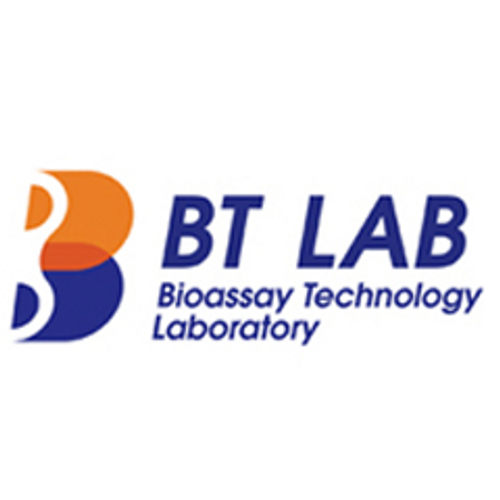Product Description
Human Glutamate dehydrogenase (GDH/GLDH) ELISA Kit | AE64447HU | Abebio
Species Reactivity: Human (Homo sapiens)
Abbreviation: GLUD1
Alternative Name: GDH; GDH1; GLUD; MGC132003; glutamate dehydrogenase (NAD (P) +)
Application: ELISA
Range: 0.156-10 ng/mL
Sensitivity: 0.065 ng/mL
Intra-Assay: ≤6.2%
Inter-Assay: ≤10.6%
Recovery: 0, 98
Sample Type: Serum, Plasma, Other biological fluids
Detection Method: Sandwich
Analysis Method : Quantitive
Test Principale: This assay employs a two-site sandwich ELISA to quantitate GLUD1 in samples. An antibody specific for GLUD1 has been pre-coated onto a microplate. Standards and samples are pipetted into the wells and anyGLUD1 present is bound by the immobilized antibody. After removing any unbound substances, a biotin-conjugated antibody specific for GLUD1 is added to the wells. After washing, Streptavidin conjugated Horseradish Peroxidase (HRP) is added to the wells. Following a wash to remove any unbound avidin-enzyme reagent, a substrate solution is added to the wells and color develops in proportion to the amount of GLUD1 bound in the initial step. The color development is stopped and the intensity of the color is measured.
Product Overview: GLUD1 (Glutamate dehydrogenase 1) is a mitochondrial matrix enzyme, with a key role in the nitrogen and glutamate (Glu) metabolism and the energy homeostasis. GLUD1 is expressed at high levels in liver, brain, pancreas and kidney, but not in muscle. In the pancreatic cells, GLUD1 is thought to be involved in insulin secretion mechanisms. In nervous tissue, where Glu is present in concentrations higher than in the other tissues, GLUD1 appears to function in both the synthesis and the catabolism of Glu and perhaps in ammonia detoxification.L-glutamate dehydrogenase (EC 1.4.1.3) has a central role in nitrogen metabolism in plants and animals. Glutamate dehydrogenase is found in all organisms and catalyzes the oxidative deamination of 1-glutamate to 2-oxoglutarate (Smith et al., 2001) .
Stability: The stability of ELISA kit is determined by the loss rate of activity. The loss rate of this kit is less than 5% within the expiration date under appropriate storage condition. The loss rate was determined by accelerated thermal degradation test. Keep the kit at 37°C for 4 and 7 days, and compare O.D.values of the kit kept at 37°C with that of at recommended temperature. (referring from China Biological Products Standard, which was calculated by the Arrhenius equation. For ELISA kit, 4 days storage at 37°C can be considered as 6 months at 2 - 8°C, which means 7 days at 37°C equaling 12 months at 2 - 8°C) .
 Euro
Euro
 USD
USD
 British Pound
British Pound
 NULL
NULL








